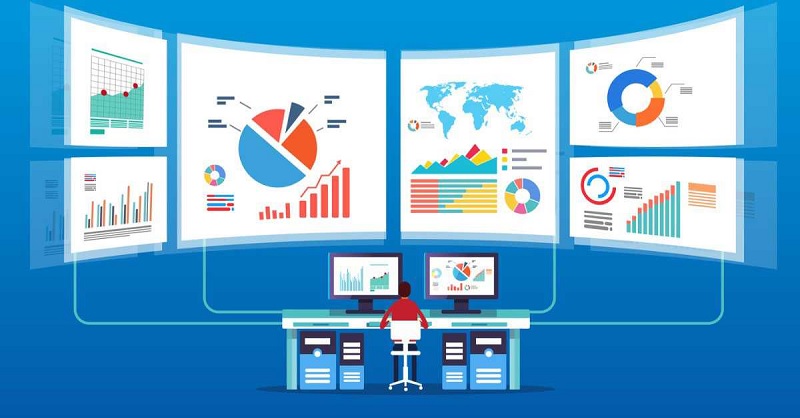Fundamentals of Data Visualization and Analysis With Tableau on Web Services

Data is intelligence, which is a term the world has understood well. Superabundant data is constantly being generated, and handling it is a big task now. Data has to be organized to make it actionable.
The need to centralize and compile meaningful information is indispensable for organizations today. Tools like Tableau are used to create better and more understandable data in the highly sophisticated digital age.
Many web services are also available to enhance the function of these tools. For instance, Tableau on AWS is very popular now. These tools have transformed the data analytics space offering different ways to analyze and interact with data.
It has helped with expanding the global footprint of businesses quickly. Read further to know the fundamental elements involved in the above incredible development.
What is Data visualization?
Data visualization is a modern practice of making data more accessible and engaging. Available and relevant data are transformed into a form that is easy to understand and use.
It creates adequate data for better exploration, clear communication of findings, and informed decision-making. It uses graphical displays to help analysts see patterns and insights through the illustration of trends and presentations that are more visually appealing.
What is a Tableau?
Tableau is a data visualization tool that will help you to see and understand data in new ways. It can be used to create interactive visualizations, dashboards, and reports. It is a powerful tool in data visualization because it is easy to use and has a wide range of features. It allows users to create interactive data well-suited for business intelligence and analytics.
What is the importance of Tableau in data visualization?
Tableau is one of the essential tools in data visualization as it helps to create outstanding visuals, data charts, and dashboards and cleans and compiles data in many desired formats.
It forms different vantage points and accommodates open-ended questions and comparisons to emerge from the data. Subsequently, it leads to unexpected insights and results.
Further, it can even be used by people who do not possess any technical or coding skills. It primarily uses the ‘drag-and-drop’ function to fill in the parameters for creating data visualizations. Thus, Tableau is user-friendly in its approach.
Finally, tools like Tableau on AWS can connect with multiple data sources and warehouses which use different storage mediums. It can also support data from the cloud, data in excel sheets, non-relational databases, big data, etc. It uses all these data to create complex and intricate data visualizations.
How do web services enhance tools like Tableau?
Web services like AWS offer a wide range of capabilities that can be integrated into tools like Tableau. These capabilities can improve the usability, accessibility, and productivity of tools for data analysis.
Some examples of web services that can be integrated into Tableau include accessing data from a remote server, integrating external data sources into a tableau, and having the power to work with large data compilations. These services can make it easier for users to get started with data analysis and explore and understand the data.
Tableau’s ability to connect to web services provides a wealth of data analysis options. By tapping into external sources of information, analysts can build more comprehensive visualizations that help them make better decisions.
By leveraging web services, analysts can quickly and easily access data from various sources, including public databases, commercial data providers, and social media platforms.
Thus, this is the most basic information that should be known by anyone who wishes to leverage data visualization and analysis with tools like Tableau on web services in their organization.